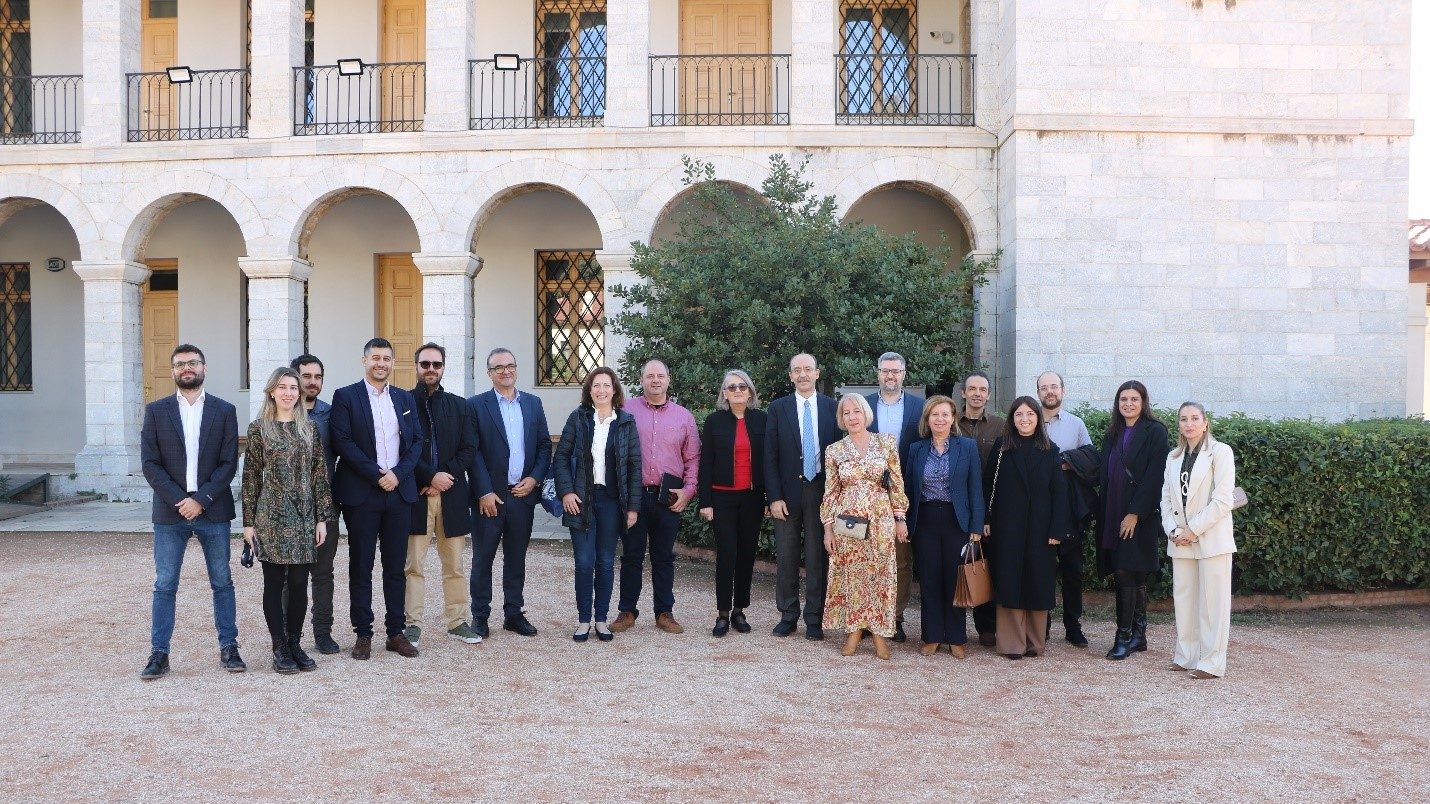
On December 1st, within the venerable Byzantine Museum, Triquetra participates in a significant event which Geosystems Hellas, a pivotal partner in the project, organized. This event marked the inaugural assembly of the Green Cluster on Cultural Heritage—a collective effort aimed at mitigating the perilous impact of climate change on cultural monuments. Comprising five distinct projects—Thetida, Moxy, Stecci, GoGreen, and RescueMe—the gathering served to unite these initiatives under a common mission. Each project brings specialized expertise to address the imminent risks faced by heritage monuments. This kick-off meeting symbolized a collaborative commitment to preserving our cultural legacy amidst environmental challenges.
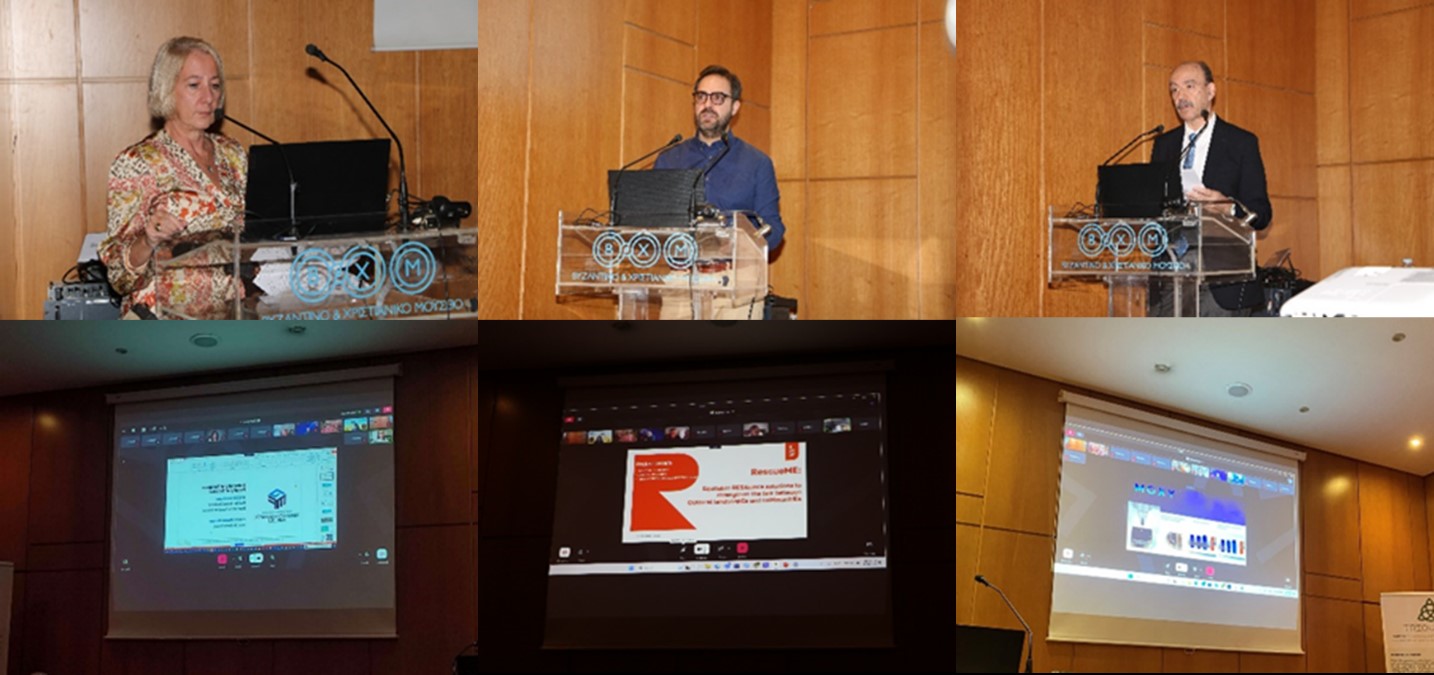
During the meeting, all project representatives had the chance to introduce their organizations and the new technologies that are being used within the course of their project as well as the impact that they have. More specifically, Betty Charalampopoulou, CEO of GSH, acted as the event moderator and welcomed the participants, while Prof. Charalampos Ioannides, the TRIQUETRA project coordinator from the National Technical University of Athens, made a remarkable presentation regarding the new technologies that are being used and the impact of the TRIQUETRA Project. In addition, Aitziber Egusquiza presented groundbreaking solutions for the RescueME project, while Nusret Dreskovic and Saida Ibragic showcased insights on the impactful work of the Stecci project. Moreover, Panagiotis Michalis highlighted the crucial contributions of the THETIDA project.
Last but not least, Ilaria Bonaduce introduced the dynamic initiatives of the Moxy project, Piero Baglioni enlightened us about the visionary approach of the Greenart Project, and Katrien Keune shed light on the transformative efforts of the GoGreen project.
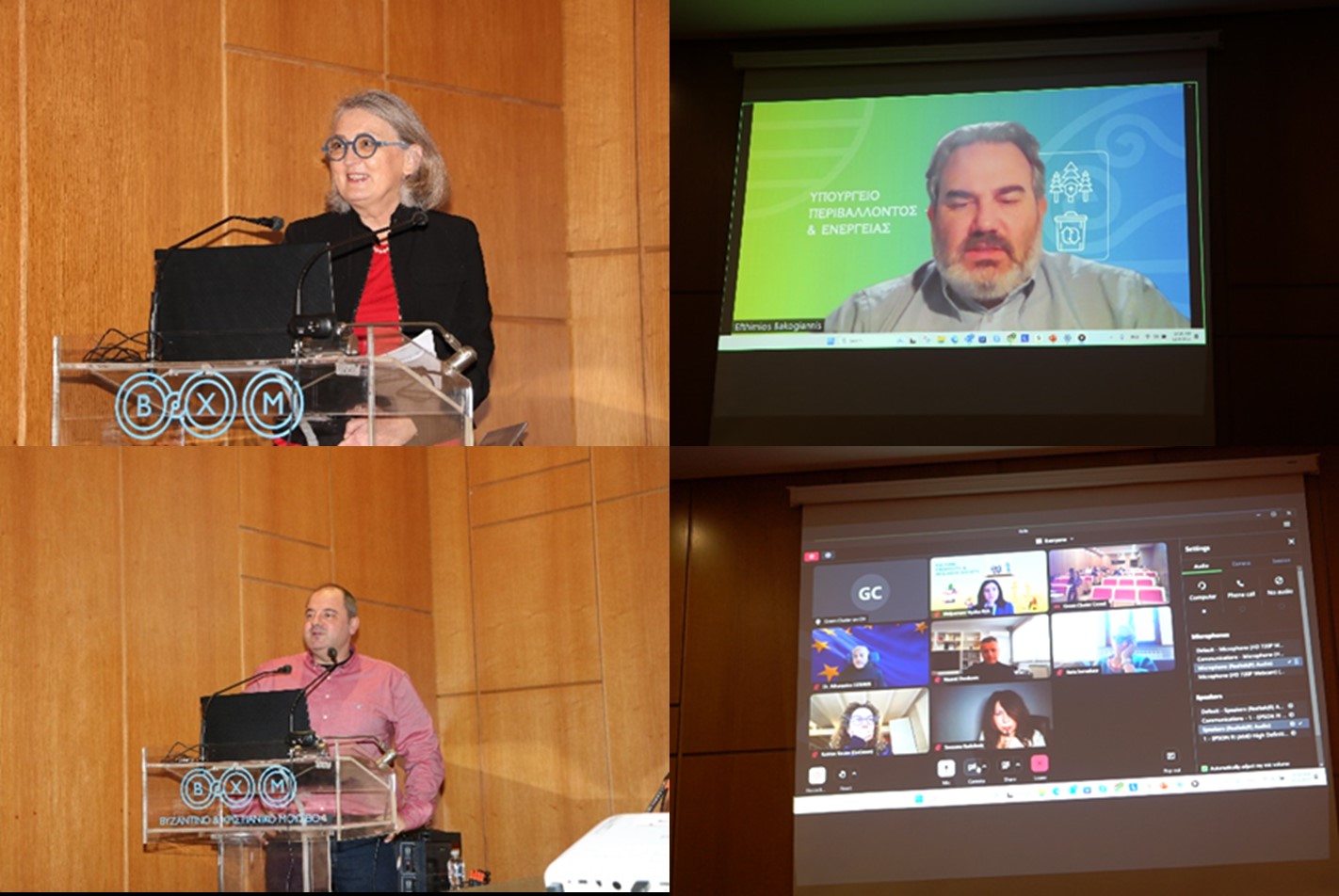
Notable guests honored the event with their presence and contribution to the meeting in their statements. The collective perspectives of Mr. Athanasios Gerakis, emphasizing collaboration and innovation; Ms. Irena Kowalczyk-Kedziora, highlighting EU policy alignment and societal impact; Prof. Eythimios Bakogiannis, stressing the relevance of cultural heritage and climate change in urban planning; and Prof. Konstantinos Karantzalos, underscoring the projects’ role in advancing telecommunications and digital technologies, weave a comprehensive narrative. Their insights form a cohesive tapestry, emphasizing the intertwined significance of collaborative innovation, societal resonance, environmental sustainability, and technological advancement within this project cluster.
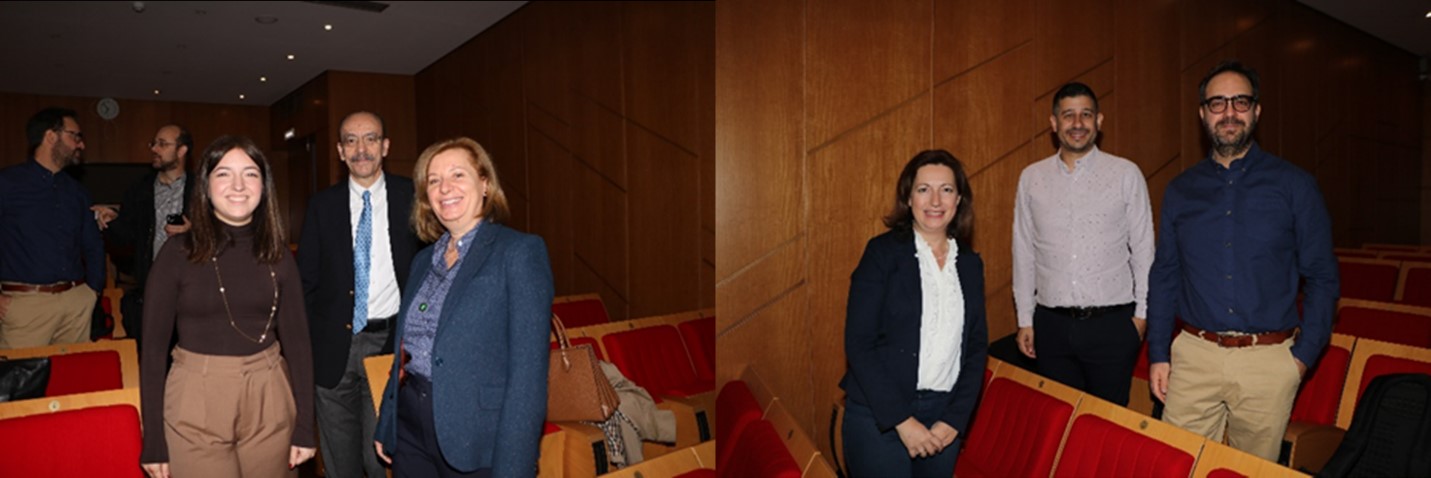
We want to thank all projects that took part as well as the notable guests that horned the event with their presence such as Ms. Daphne Vitsikounaki, Economic and Commercial Affairs Counselor, Press & Media Service, Ministry of Foreign Affairs, Dr. Panagiotis Manetos, Collaborator of the Secretary General of Spatial Planning and Urban Environment, Ministry of Environment and Energy, EDIP at the University of Thessaly, Ms. Konstantina Siountri, Consultant & Scientific Advisor of the General Secretariat of Spatial Planning & Urban Environment at Hellenic Ministry of Environment and Energy, Mr Dimitris Karydis, from Enterprise Greece and Ms. Andriana Zarakeli, Vice Mayor, Municipality of Pireaus, Journalist.
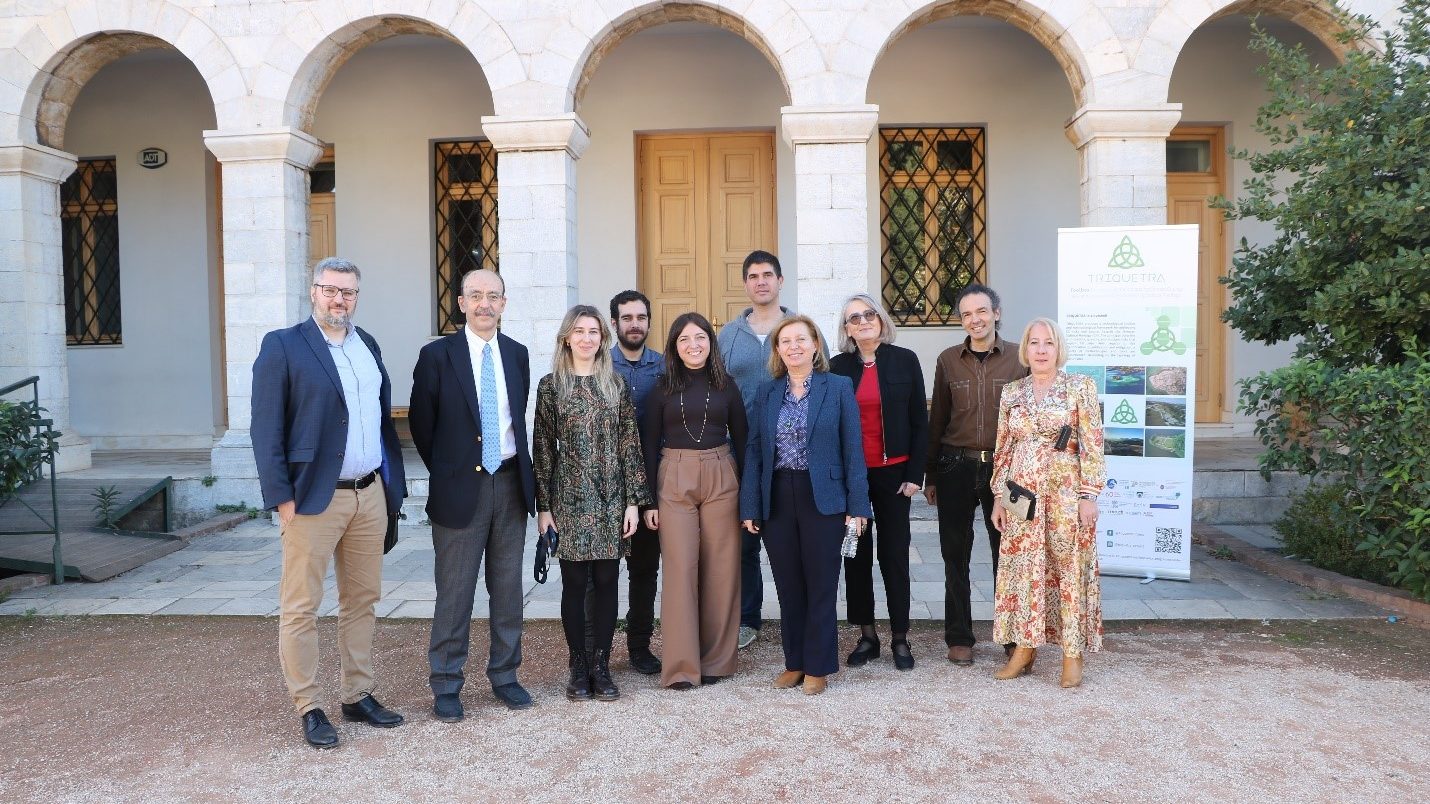
You can find the detailed agenda of the Triquetra kick-off meeting here.
About TRIQUETRA project
The TRIQUETRA project aims at creating an evidence-based assessment platform that allows precise risk stratification, and also creates a database of available mitigation measures and strategies, acting as a Decision Support Tool towards efficient risk mitigation and site remediation.
TRIQUETRA symbol: An ancient symbol (triangular figure composed of three interlaced arcs), often used to represent the 3 fundamental elements – air, water, and earth or the infinite cycle of life. Also known as a rune of protection.
The overall approach of Triquetra is based on three distinct steps:
1. Risk Identification
2. Risk Quantification
3. Risk Mitigation
A total of 21 organizations from 7 countries participate in the project, including 8 Universities and Research Organizations and 6 Cultural Heritage Authorities. The project started on 01/01/2023 and will last for 3 years. TRIQUETRA project is funded from the EU HE research and innovation programme under GA No. 101094818.